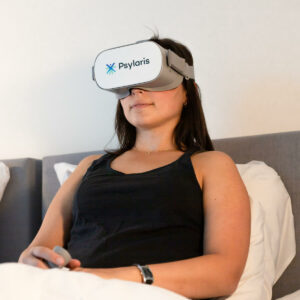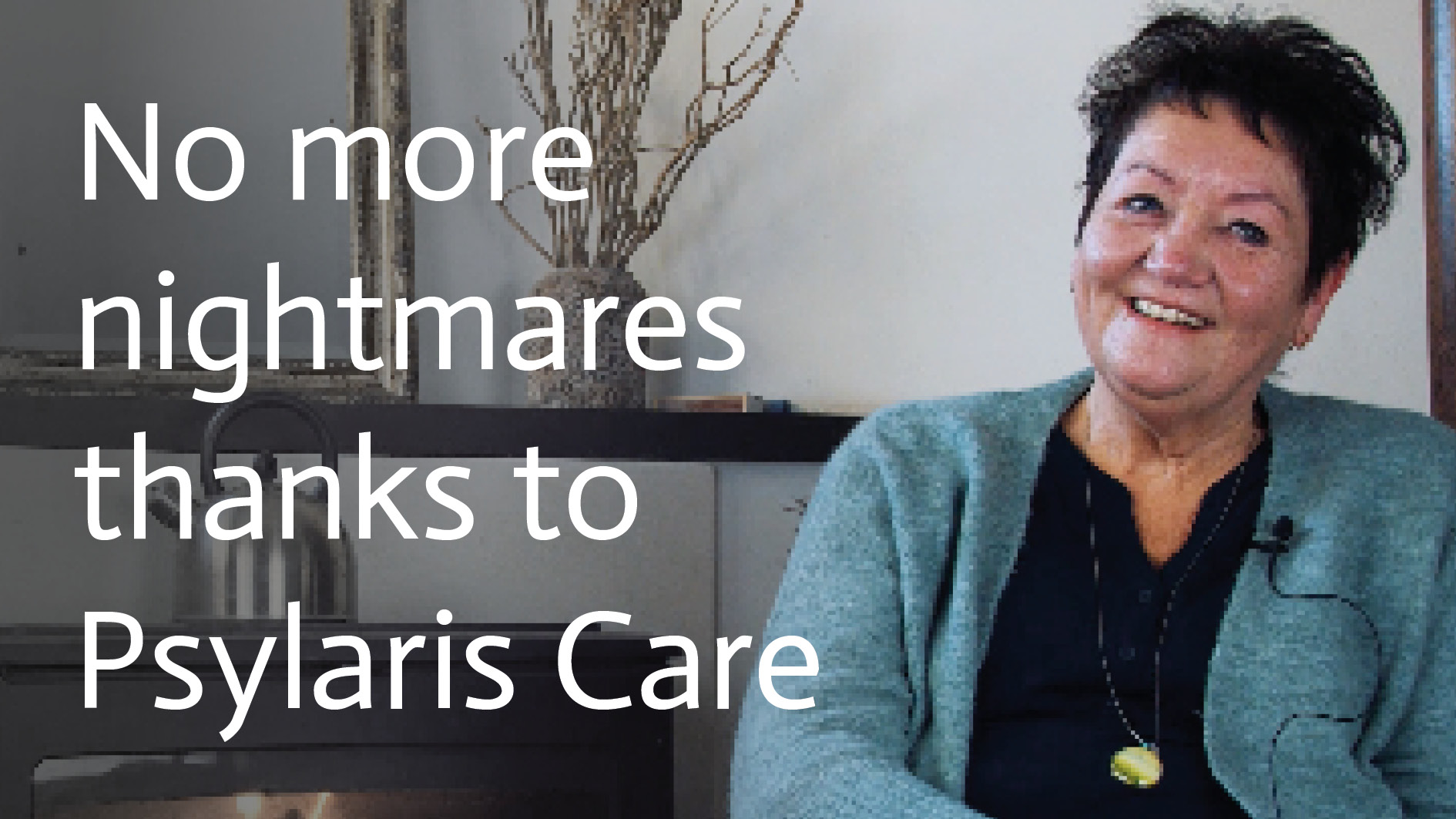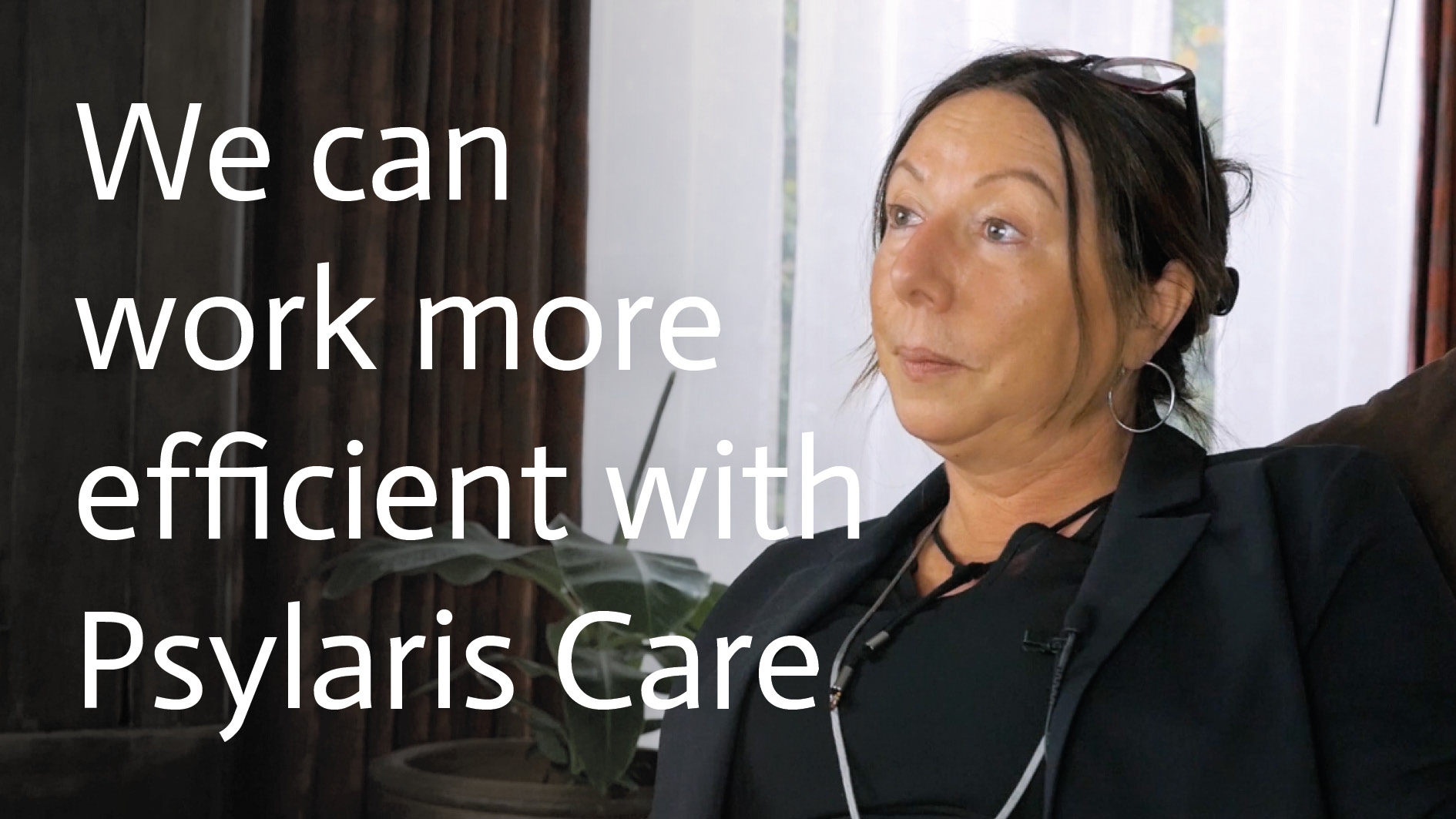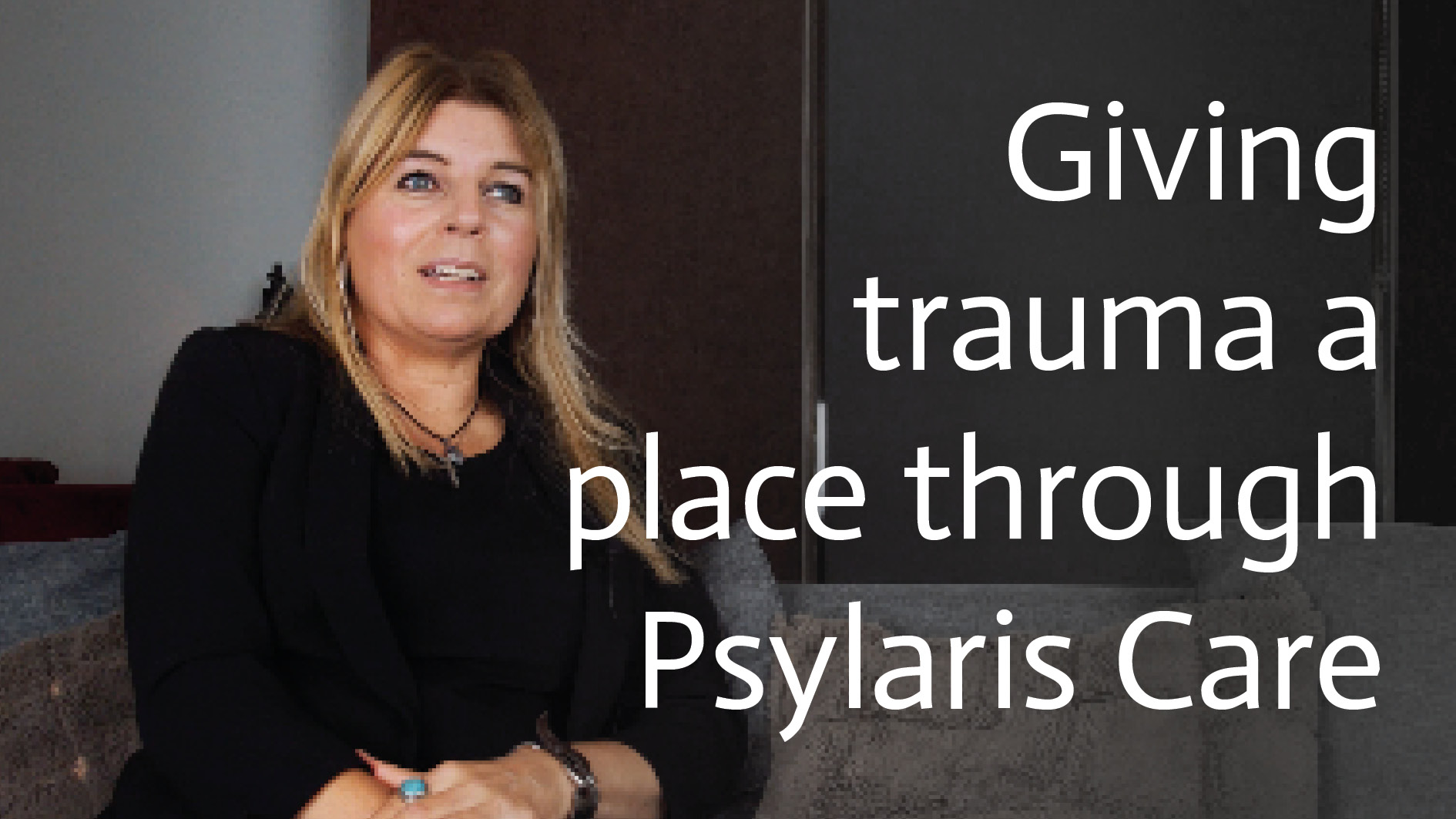Blended care falls under the heading of E-health and is a relatively new concept within (mental) health care. In fact, it means little more than regular face-to-face contact moments with a doctor or therapist, combined with interventions via the ever-expanding digital channels. Examples include consultation hours via chat or video calling, or online counselling or therapy for chronic pain, depression or trauma.
The benefits of blended care
This blended care has a number of advantages. The most important are listed below:
- Efficiency
The time saved by blended care can be considerable for both the healthcare provider and the patient. A good example of this cooperation between people and technology are the smart mattresses that the Franciscus Hospital in Rotterdam is working with. These mattresses measure a number of vital functions, such as the heart and lungs. And as soon as the deviations become too great, a signal is automatically sent to the nursing staff, who can quickly get to the scene. The mattresses also warn if a patient leaves the bed, to prevent possible falls. Because the nurses are on site quickly, treatment can also be provided quickly, exactly when it is needed. By being able to intervene at an early stage, interventions are often small and quick. For the patient, it sometimes even saves half a day's hospitalisation. - Cost saving
And this has more to do with the time saved, for example, by shorter shootings. It is mainly about the rapid intervention that we have just been talking about. And this rapid intervention is now often only possible if the patient raises the alarm with the GP early on. Yet this does not always happen quickly enough via the regular route. Sometimes out of shame for the complaints, for example psychological complaints. Recent research has shown that no fewer than 40% of the people in the study in question would not have asked for help if it had not been for the anonymity offered by the blended care environment. And if they do raise the alarm in time, the waiting times are sometimes very long, making the problems worse during this period. This is especially true in the mental healthcare sector, as was the case in one of our earlier blogs. - Quality perception
Finally, blended care provides patients with a better quality experience, because they can be helped more quickly and in a more focused way, and because they have more control over their own treatment process. By keeping track of your own glucose levels in the case of diabetes, you can go about your day with greater peace of mind and precisely raise the alarm when necessary. This feeling of quality and control even leads to an improvement in some complaints. For example, the Fitter after Cancer study by the Helen Dowling Institute showed that thanks to the use of e-health and blended care, chronic fatigue decreased on average.
The challenges of blended care
But because the concept is still so new, there are also challenges. To start with the finances: without initial investment, no costs can be saved. New technology (hardware and/or software) will have to be acquired. This sometimes involves considerable sums of money, which sometimes only really pay off after five years.
In addition, the new technology must be embraced by the treating staff. This requires, especially in a sector that is so much about people, a mindset that is very new and open to some. Change always meets with some resistance at first. You have to take that seriously as an organisation and work through it together to achieve a truly sustainable and profitable result.
In addition, there is still a significant group of patients who are not comfortable with or reluctant to use digital means and who will therefore have less access to rapid and good quality care.
There are also concerns about the data collected through the various devices and online databases. What will happen to them in the long run? Is patient privacy sufficiently guaranteed?
Is blended care the solution?
Looking at the current developments, we cannot but conclude that blended care is definitely an important solution. Given the growing waiting lists, increasing life expectancy and the associated healthcare costs, we will have no choice but to work smarter. E-health and blended solutions play a crucial role in this. The first successes are a fact, but as with any major (technological) breakthrough, it will happen in stages. At the moment, we are only at the beginning; in the innovation phase. Before blended care becomes the norm, we will need time, patience and brave early adopters.
Our EMDR therapy in virtual reality (VR) is another example of blended care. Would you like to join us in innovating the mental healthcare sector and are you curious as to what our VR solution could mean for your practice or institution? Mail us at mike@psylaris.com.








